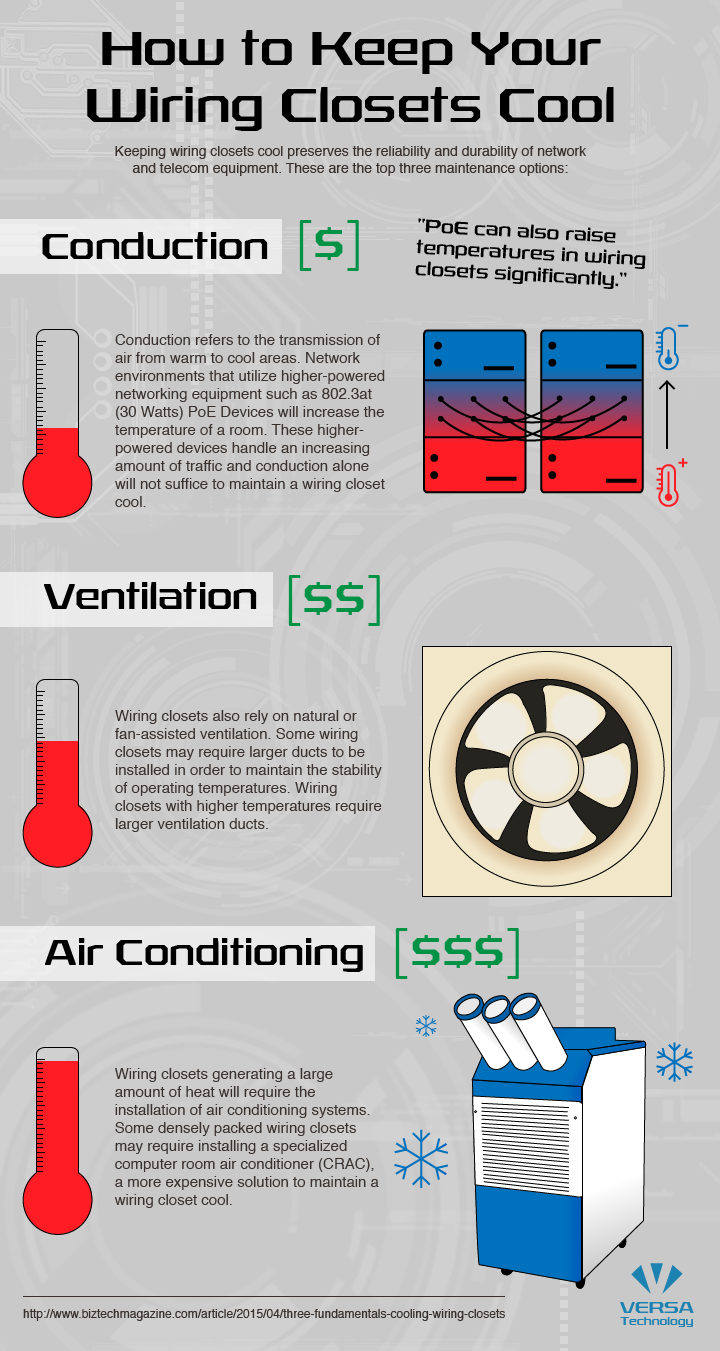The Future Of Home Home Heating - How Heatpump Innovation Is Progressing
The Future Of Home Home Heating - How Heatpump Innovation Is Progressing
Blog Article
Author-Dugan Byrne
Heatpump will certainly be a crucial innovation for decarbonising home heating. In a situation constant with governments' revealed energy and environment dedications, their worldwide capability doubles by 2030, while their share in home heating rises to one-quarter.
They function best in well-insulated homes and rely on electricity, which can be supplied from a sustainable power grid. Technological advancements are making them much more reliable, smarter and cheaper.
Gas Cells
Heatpump use a compressor, refrigerant, coils and followers to move the air and warm in homes and devices. https://greatist.com/happiness/how-to-cool-down-a-room can be powered by solar power or electrical energy from the grid. They have actually been getting popularity because of their affordable, quiet procedure and the capacity to produce power throughout peak power demand.
Some companies, like IdaTech and BG MicroGen, are working with fuel cells for home heating. These microgenerators can replace a gas central heating boiler and create a few of a home's electric demands with a link to the electricity grid for the rest.
Yet there are reasons to be cynical of using hydrogen for home heating, Rosenow states. It would certainly be expensive and inefficient contrasted to various other innovations, and it would add to carbon exhausts.
Smart and Connected Technologies
Smart home modern technology enables property owners to attach and control their gadgets remotely with making use of smartphone apps. For example, clever thermostats can learn your home heating preferences and instantly adapt to enhance power usage. Smart lights systems can be regulated with voice commands and immediately shut off lights when you leave the area, reducing power waste. And clever plugs can monitor and manage your electric use, enabling you to determine and restrict energy-hungry home appliances.
The tech-savvy family portrayed in Carina's meeting is an excellent image of just how residents reconfigure area heating techniques in the light of brand-new wise home technologies. They rely on the gadgets' automated attributes to execute daily modifications and regard them as a convenient means of performing their heating methods. As such, they see no reason to adapt their methods further in order to allow adaptability in their home energy need, and interventions targeting at doing so may face resistance from these families.
Power
Considering that warming homes represent 13% of US discharges, a button to cleaner choices can make a big distinction. But the innovation encounters obstacles: It's expensive and requires considerable home renovations. And it's not always compatible with renewable energy resources, such as solar and wind.
Until recently, electric heatpump were too pricey to take on gas models in the majority of markets. Yet new innovations in design and products are making them much more affordable. And better cold environment performance is enabling them to work well even in subzero temperature levels.
The following action in decarbonising home heating may be using warmth networks, which draw heat from a central resource, such as a close-by river or sea inlet, and distribute it to a network of homes or buildings. That would minimize carbon discharges and allow households to capitalize on renewable resource, such as environment-friendly electrical power from a grid provided by renewables. This choice would certainly be much less costly than switching to hydrogen, a nonrenewable fuel source that requires brand-new framework and would just lower CO2 emissions by 5 percent if coupled with boosted home insulation.
Renewable Energy
As power prices go down, we're starting to see the exact same fad in home heating that has actually driven electrical cars into the mainstream-- however at an also faster rate. The solid environment instance for electrifying homes has been pressed further by brand-new research study.
Renewables make up a considerable share of modern warm consumption, however have been given minimal plan attention globally compared to various other end-use sectors-- and also much less focus than electrical energy has. In part, this shows a mix of consumer inertia, split motivations and, in several countries, subsidies for fossil fuels.
New innovations might make the change much easier. For example, heatpump can be made a lot more energy reliable by changing old R-22 refrigerants with brand-new ones that don't have the high GWPs of their predecessors. Some professionals also visualize district systems that attract warmth from a neighboring river or sea inlet, like a Norwegian arm. The warm water can then be made use of for heating and cooling in a neighborhood.